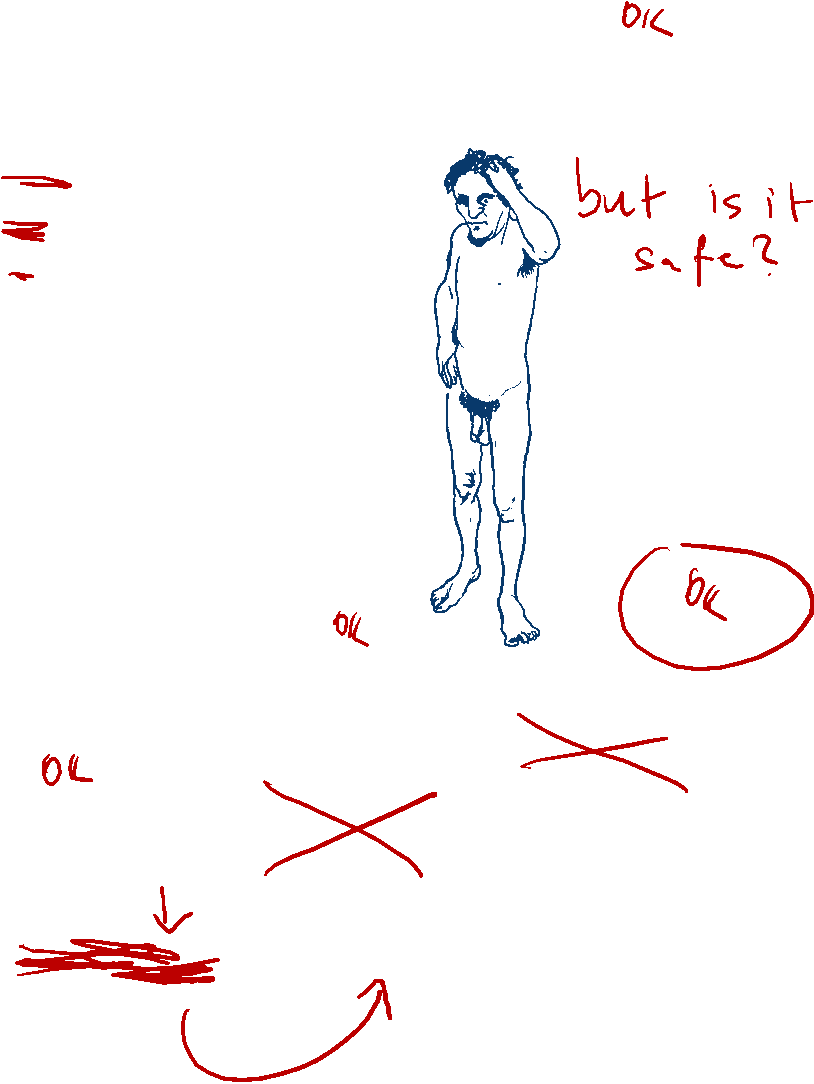
Nate Larson, a photographer and professor at Maryland Institute College of Art, took his "Contemporary Directions of Photography" class to the corner of North and Pennsylvania avenues in Baltimore on Tuesday, April 28, a day after riots and looting. The unrest followed the death of Freddie Gray in police custody. "We just couldn't carry on as if nothing was different in our city," Larson told CNN of why he took the class out. "So we gathered our cameras and went out to document and bear witness to the tragic events of the night before."

At around noon, Larson took portraits of police officers in full riot gear, forming a line blocking North Avenue. "We watched the police mass, from a few officers when we arrived to one hundred-plus over the span of an hour," he said.

Larson later returned on his own to take photos of citizens.

"The energy was very positive when we arrived, but as the police made their formations and built up their infrastructure, the energy became very charged and everyone was on edge," Larson said.

"When I came back later that night, the energy was very different - almost like a street festival," Larson said. "There were drum line dance performances, singers performing, roller skating performances, and lots of vendors selling various wares."

On Monday night, police made 235 arrests. After a citywide curfew went into effect at 10 p.m. Tuesday, only 35 people were arrested.

"There were 26 Baltimore citizens forming a human wall, separating the crowd from the police, for their mutual protection," Larson says. He spoke with and took photos of 22 of the participants.

While some protesters defied the curfew and faced off with police, the confrontation was essentially a staring contest -- each side waiting to see what the other side would do.

"The protesters would frequently ask the crowd to keep back by saying things like, 'Don't give them an excuse to hurt us," Larson said.

Protesters seemed most concerned that the police might take "any small provocation as an excuse for a larger action," Larson said.

Larson chatted with each protester before taking a portrait.

When his class was there, riot officers restrained and carried away someone, Larson says. The crowd scattered in fear and then regrouped cautiously. Police put a sniper team on a nearby roof and a helicopter buzzed above. "My students no longer felt safe and we decided to leave as a group," he says. "My heart was very heavy on leaving."

When Larson came back that evening, 22 of the 26 protesters taking part in the human wall agreed to have their photos taken, he says.

"With the police, I did not seek permission, rather, I just started taking their portraits, working my way down the line," Larson says.

Larson took photos until about 9:30 p.m., when loudspeaker announcements asked people to go home before the 10 p.m. curfew. "I think that most people complied, but I didn't stay past that point," he says.

Police gave no "verbal or non-verbal response to my photographing them, which I took as implied consent," Larson says.

Larson calls these photos "A Portrait of 22 Baltimore Citizens, as Positioned, North to South, April 28, 2015."

Larson calls the collection of individual police photos "A Portrait of 27 Police Officers, as Positioned, South to North, April 28, 2015."

Larson's school is just over a mile from the intersection of North and Pennsylvania avenues where these photos were taken.

In all, there were "27 officers standing shoulder to shoulder in full riot gear," Larson says.

In addition to Larson's collection, photos taken by his students were published at bmoreart.com.

See photos people cleaning up after the riots in Baltimore, including at this same corner.


